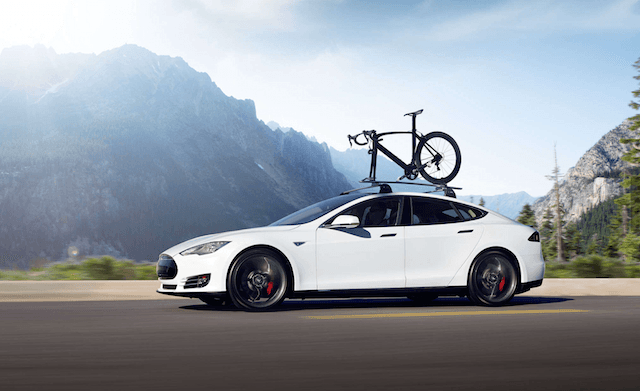
For years, leading engineers in the automobile industry have been looking at various ways to produce cars that do not run on fossil fuels. Some ventures have been successful, while others have been complete failures. Today many automobile manufacturers offer hybrid vehicles, while some offer fully-electric cars that don’t use any gasoline at all. When looking at the company that does the electric car the best, Tesla Motors comes to mind. Established in 2003, Tesla Motors quickly became one of the first automobile manufactures that offered an electric car that’s worth buying. They currently only offer one vehicle, the Model S, but have plans to release their next vehicle sometime next year. While they only have one car that you can buy, it comes in a few different versions and has received significant upgrades and improvements over the years. Their advancements within the field of electric automobiles are very impressive, and many have been industry game changes. So let’s take a quick look at a few of their most notable advances and upgrades that they have accomplished over the previous years as a brand.
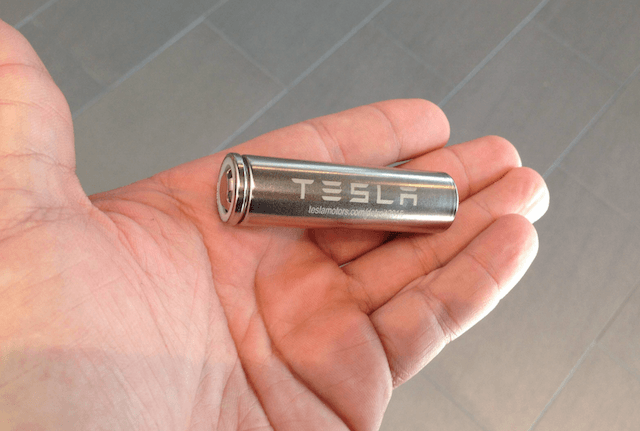
Their batteries
At the very core of any electric automobile is its battery pack. Battery technology has come a long way over the years, however there is still room for improvement. For years, other automobiles outfitted their vehicles with large, single-purpose batteries. However Tesla took a different approach. Instead of offering one large battery, Tesla’s are outfitted with thousands of small 18650, lithium-ion batteries that work together. These batteries are commonly used in a range of electronic devices like laptops, for example. There are many advantage to using thousands of smaller batteries compared to a few large ones. For one, these batteries are cheaper to produce. They are also more efficient and lighter in weight. The weight distribution is important. Typically a battery is the heaviest component of electronic devices. Additionally they can be arranged in a variety of different ways. Instead of using one large battery that takes up room, Tesla has organized their batteries in an integrated pack that occupies the entire base of their cars. This means that no interior room is compromised because of battery space.
Photo from Reddit user rminush
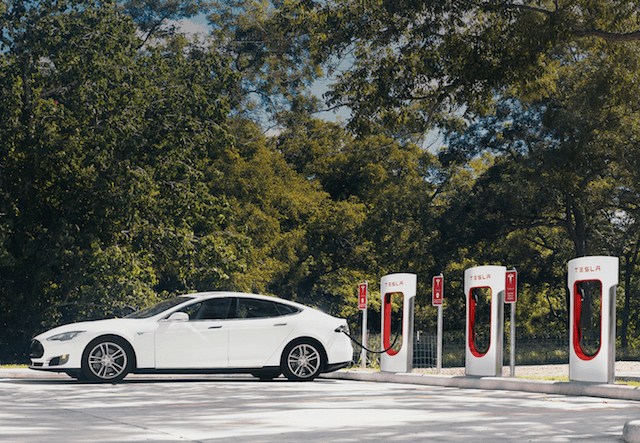
The Tesla supercharging stations
One of the downfalls of electric vehicles is that they take a considerable amount of time to charge up. In the early days of Tesla when they offered their first vehicle, the limited-edition Tesla Roadster, users had to rely on inefficient means to charge their vehicles. That has now changed. Tesla has since created a network of supercharging stations that are located across the nation. These devices can charge their vehicles in a matter of minutes, rather than a few hours. While this update is not something directly included in their vehicles, it’s still extremely game changing. Hopefully, these charging stations will expand even more to make them even more viable.
Photo from Tesla
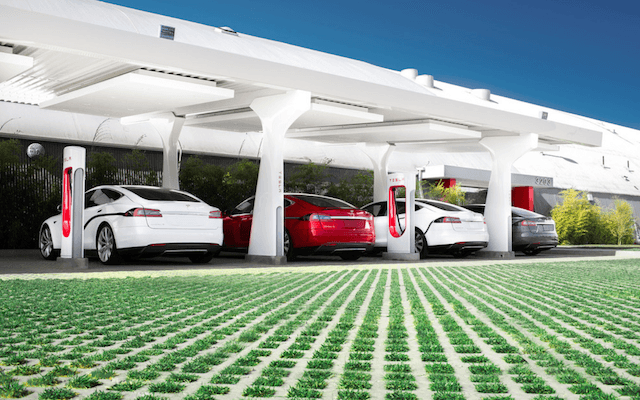
Larger battery packs
You can only drive a limited distance in a Tesla before needing to charge it back up, but that distance has improved significantly over the years. Tesla now offers a range of different battery pack sizes, and have increased their largest battery pack. You can now opt for a larger 90 kWh pack (compared to the previous 85 kWh) that increases the range of the vehicle. With their largest battery option, the Model S can now drive around 300 miles in total before needing a charge. The first Model S could only travel 160 miles, so that is certainly a significant improvement.
Photo from Tesla
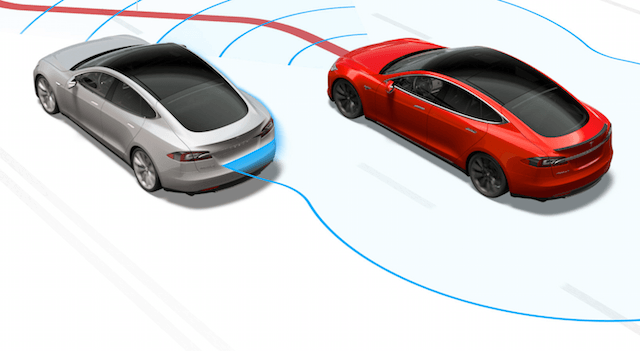
AutoPilot
As of September 2014, all new Tesla vehicles now come equipped with Tesla’s AutoPilot system. Through a series of cameras, radars, and sensors, their vehicles are now some of the closest things you can get to self-driving automobiles. Their AutoPilot system can detect other cars, pedestrians, read road signs, regulate the cars speed, offer lane assist, provide adaptive cruise control, in addition to other features. It can even offer some hands-free driving in certain scenarios, and we expect in the near future that your Tesla Model S will be able to pull itself out of your garage on its own.
Photo from Tesla
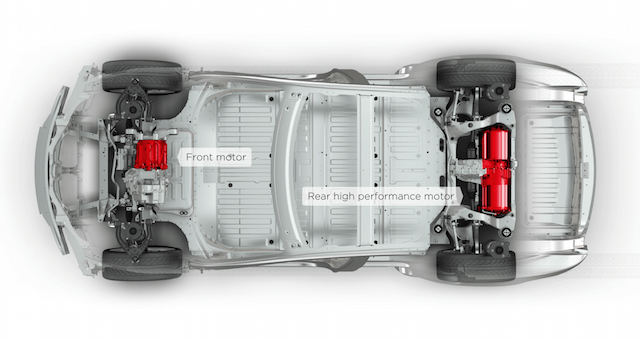
The Dual-Motor System
Up until October of 2014, the Tesla Model S only featured just one electric motor. That has now changed. Current Teslas are now equipped with two electric engines, one for the front wheels and one for the back. These engines allow the vehicle to be more efficient in addition to increasing the cars traction as they are now all-wheel drive.
Photo from Tesla
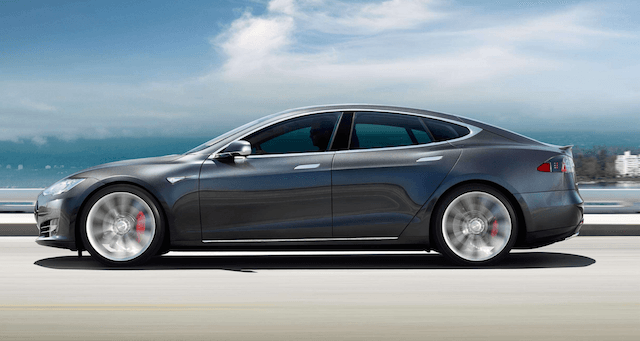
Their various performance upgrades
Since the Model S was released in 2012, Tesla has increased the vehicles performance exponentially through a variety of ways. When the Model S was first launched, it had a top speed of 110 mph, it could accelerate from 0 to 60 mph in 6.5 seconds, and it had a power output of 235 hp. In other words, it wasn’t that impressive in terms of performance. Now? If you opt for the top-of-the-line model, you can achieve some incredible levels of performance. Their most expensive Model S now offers 762 hp in total! They can now achieve a top speed of 155 mph as well. But the most impressive performance improvement is the acceleration. The new Model S (the performance version) can travel from 0 to 60 mph in just 2.8 seconds. This car, while not as fast in terms of top speed, can accelerate faster than a Lamborghini Huracán! When you combine all of the features that we looked at with all the other features the Model S offers, it certainly is a compelling and attractive vehicle. Who knows what the future has inshore for Tesla, but based on what they have accomplished so far, we can expect some incredible automobiles from the company.
Photo from Tesla
